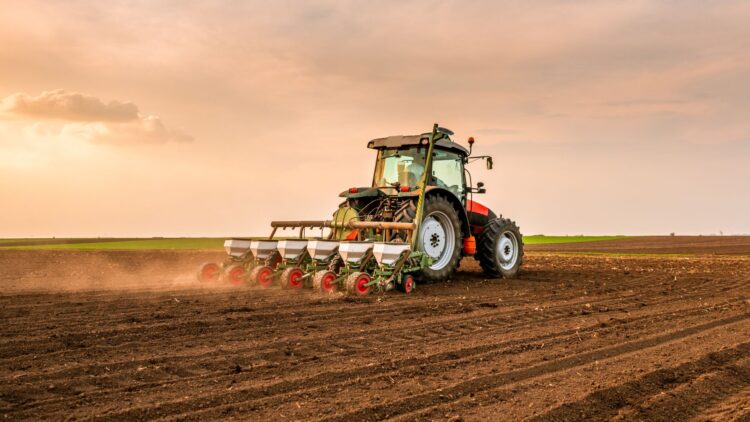Tags
Total Change in Agriculture: Climate Change Decimates Rice Yields—What It Means for Your Dinner Table.
by Andrea C

Food insecurity is a huge issue around the world, and while it has gotten better through the decades, three are still challenging situations that require a bit more international help that we are used to seeing. This is now the case in Malaysia, where country officials are now asking their neighboring countries for help with a rice shortage.
The situation is quite dire for them, and it comes down to the production of rice. While most of us will scratch our heads and just look towards our pantry to find this cheap staple, we do not relay on it the same way that many Asian countries do, amongst them Malaysia. They are a producer of rice, given that it is a staple in their diet, and while this has worked for centuries, it is a delicate crop.
The problem seems to be two fold, climate conditions have changed drastically making production harder if not impossible in some parts of the country and urban development has decimated the amount of available farmland in favor of expanding cities.
The severity of the problem with rice production in Malaysia
Malaysia’s Minister of Agriculture and Food Security Mohamad Sabu did not sugarcoat his plea for help “We have enough stock of rice for at least six months. But we don’t know what will happen because of climate change, so food security is important. Our paddy production was 71% before but now it is only 56%.”
Some have argued that the issues started even before the urban development problem started, in fact, it is what set it off, and that is the change that the economy in Malaysia has undergone in recent decades. Globalization as well as the international economy changing has made it so that many farmers have decided to leave their traditional jobs to look for more lucrative opportunities in the cities, and because the economy was expanding, they actually found them, making the switch from locally sourced to imported rice a necessity.
And here lies the true problem, Malaysia’s reliance of overseas imports. According to Bernama, a local publication, Malaysia uses over 2.7 million tons of rice each year, with roughly 30% of that supply currently coming from Cambodia. While the country also sources rice from nations such as Vietnam, Thailand, and Pakistan, rising demand will likely require an overall boost in import volume to meet consumption needs.
Minister Sabu has emphasized that while this is a problem, there is a willingness to work with other countries in the region” to ensure food security, explaining that “Cambodia has plenty of paddy farms and produces quality rice for exports… Perhaps, we could buy more in the future if needed.”
While this could solve much of the issue, it would still cost the country a lot of money, and considering the amount of countries that are food producers is dwindling, maybe this is not the solution that works long term. A proposed alternative is that Malaysia could participate in a program designed to create rice strains that are resilient to extreme weather. While this would not solve the problem short term, this program aims to shield the food production industry from the worst consequences of climate change and could help them claw back some of the now unusable terrain for rice cultivation.
The program is fascinating, and could help solve a lot of nutrition related problems in the world. A team at the University of Cambridge is exploring how rice strains can be adapted to improve yield efficiency, particularly in the face of growing water scarcity. Given that producing a single kilogram of rice generally requires around 4,000 litres of water, finding more sustainable approaches is a top priority.
Additionally, part of this work involves safeguarding genetic diversity through the world’s largest rice gene bank, which houses varieties with valuable traits, such as flood-resistant “scuba rice” and Sahod Ulan, a drought-tolerant type favored by farmers in the Philippines.
https://www.blanquivioletas.com/en/change-agriculture-climate-change-rice/Published Date: April 9, 2025






